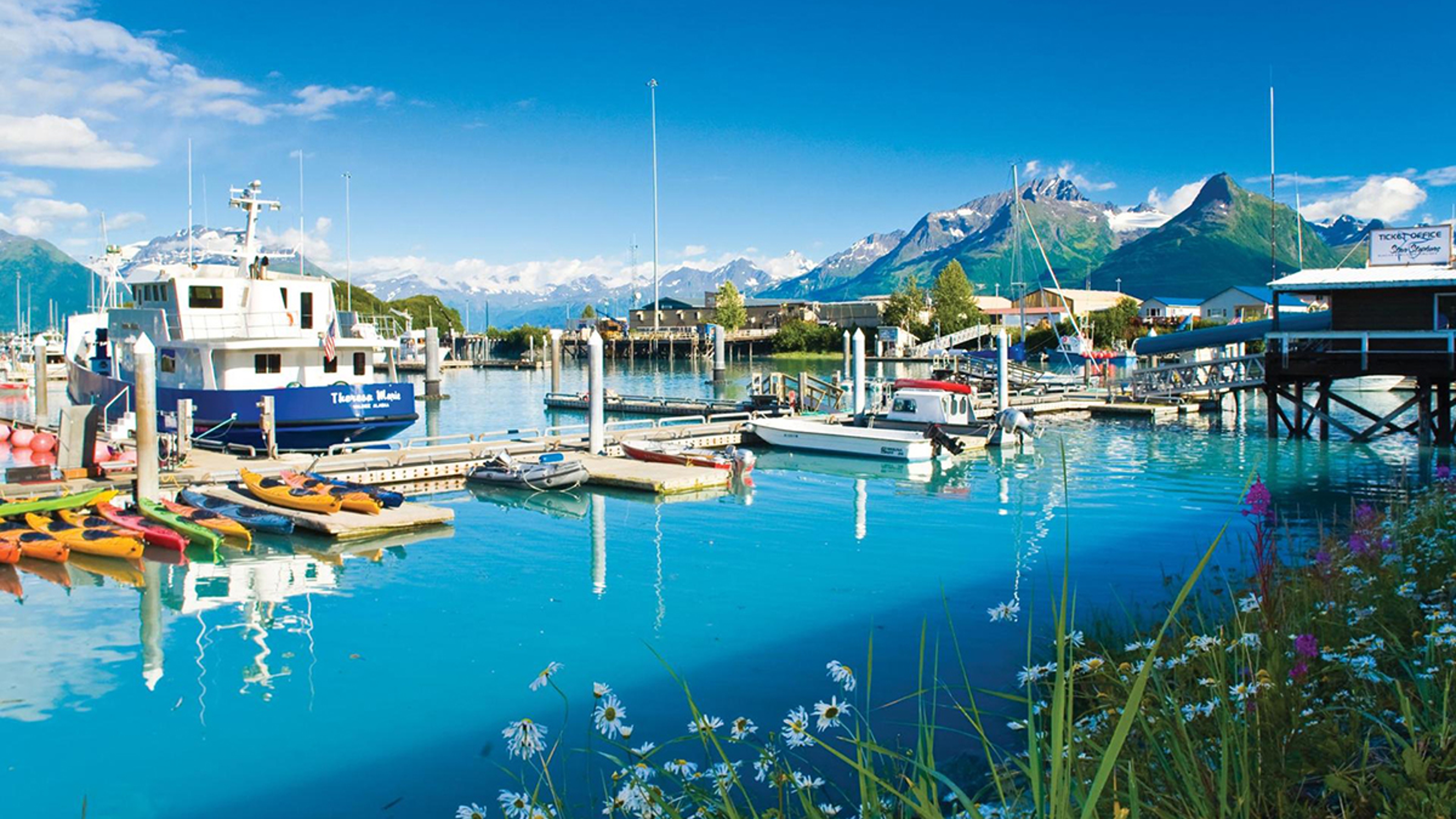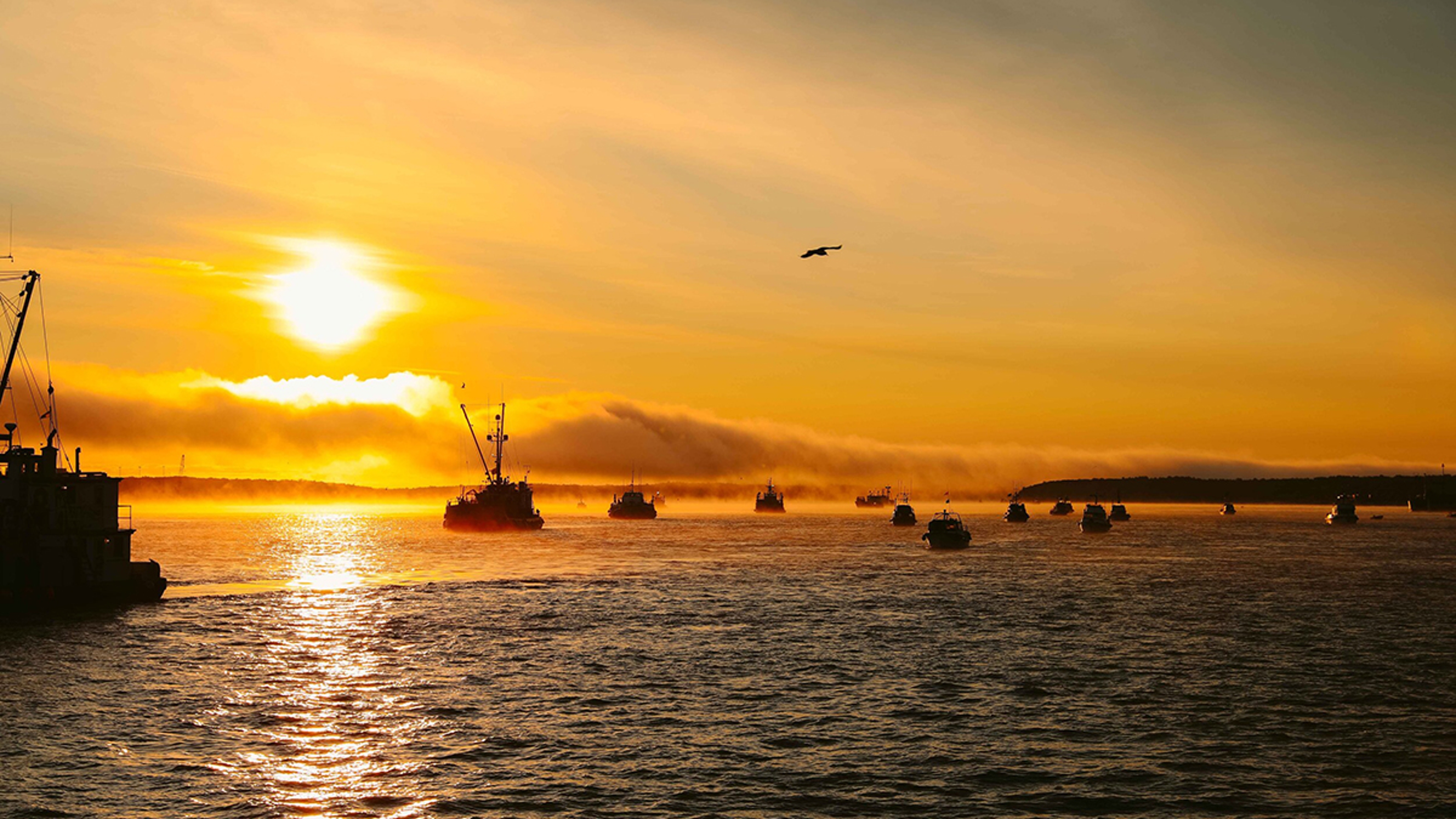Why Salmon Lovers Need to Visit Prince William Sound
Immerse yourself in the breathtaking home of wild-caught Copper River salmon.
Jun 03, 2024
Imagine a gurgling, crystal-clear, gravel- and stone-lined river bed, cutting through the granite and sandstone of nature’s most stunning mountain and forest landscape. Inside these icy waters, freed from the spring melt-off and sent rushing toward the Gulf of Alaska, swim millions of Sockeye, King, and Coho — Copper River salmon. Each spring, huge schools of these coveted fish return home to spawn, traveling up the same river basin as countless generations before them, in one of nature’s most thrilling and beautiful yearly rituals.
Welcome to Prince William Sound, Alaska, home to some of the most exquisite and delicious salmon in the world.
Renowned for their deep, vibrant color and rich, buttery flavor, the salmon that make the 300-mile trek to this seafood paradise are some of the most highly valued and delectable to ever grace a plate. And they aren’t alone in their seasonal glory. Alongside them in their journey are shrimp, crab, and numerous other varieties of seafood — all thriving in some of the planet’s most pure and unadulterated waters.
MORE: Why Fish Lovers Need to Visit Alaska
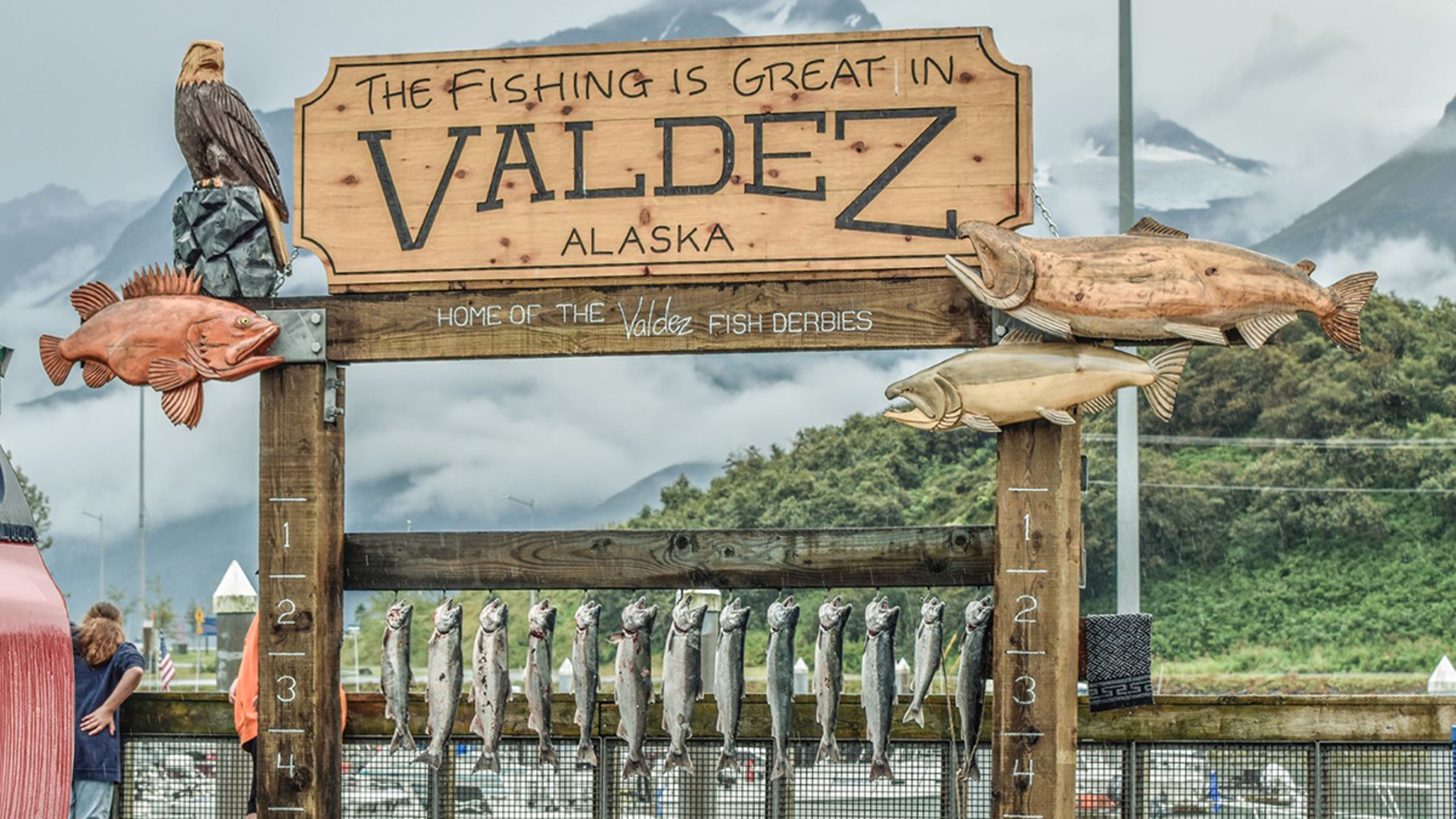
From its location to its natural abundance and diversity of wildlife, Prince William Sound is considered by many to be the epicenter of the fresh seafood industry — and it’s no wonder why. It’s remote. It’s breathtaking. And, whether you’re a nature lover or a seafood junkie, visiting this place at least once in your life to indulge in moist, succulent fish straight from the waters in which they were harvested — the holy grail of salmon production — is a pilgrimage you must make.
Where it is
Centered amongst the rugged coastline, fjords, and numerous glaciers of the Gulf of Alaska, Prince William Sound is an exquisite swath of natural beauty, with more than 10,000 square miles of protected waterways, rocky hills and mountains, and lush forests. It’s a sparsely populated region, with just three main towns: Cordova, Valdez, and Whittier. Each is inhabited by just a few thousand locals, many of whom make their living in the seafood industry.
Getting there
Visiting any remote area takes some time and planning. By air, you can fly to Anchorage International Airport and then hop a short connecting flight to Valdez or Cordova. Or, rent a car and mount a spectacular road trip through the Alaskan countryside. It’s a couple hours’ drive to Prince William Sound from Anchorage, the state’s largest city (Juneau is the capital, in case you were wondering). Stop along the way to check out the stunning Spencer or Portage Glacier regions, part of Chugach National Forest — the second largest national forest in the United States (and a region that’s bigger than the state of New Hampshire).
For an even more breathtaking excursion, you could also travel to Prince William Sound by water. Ferries, cruise ships, and guided tours in private boats all make the trip regularly.
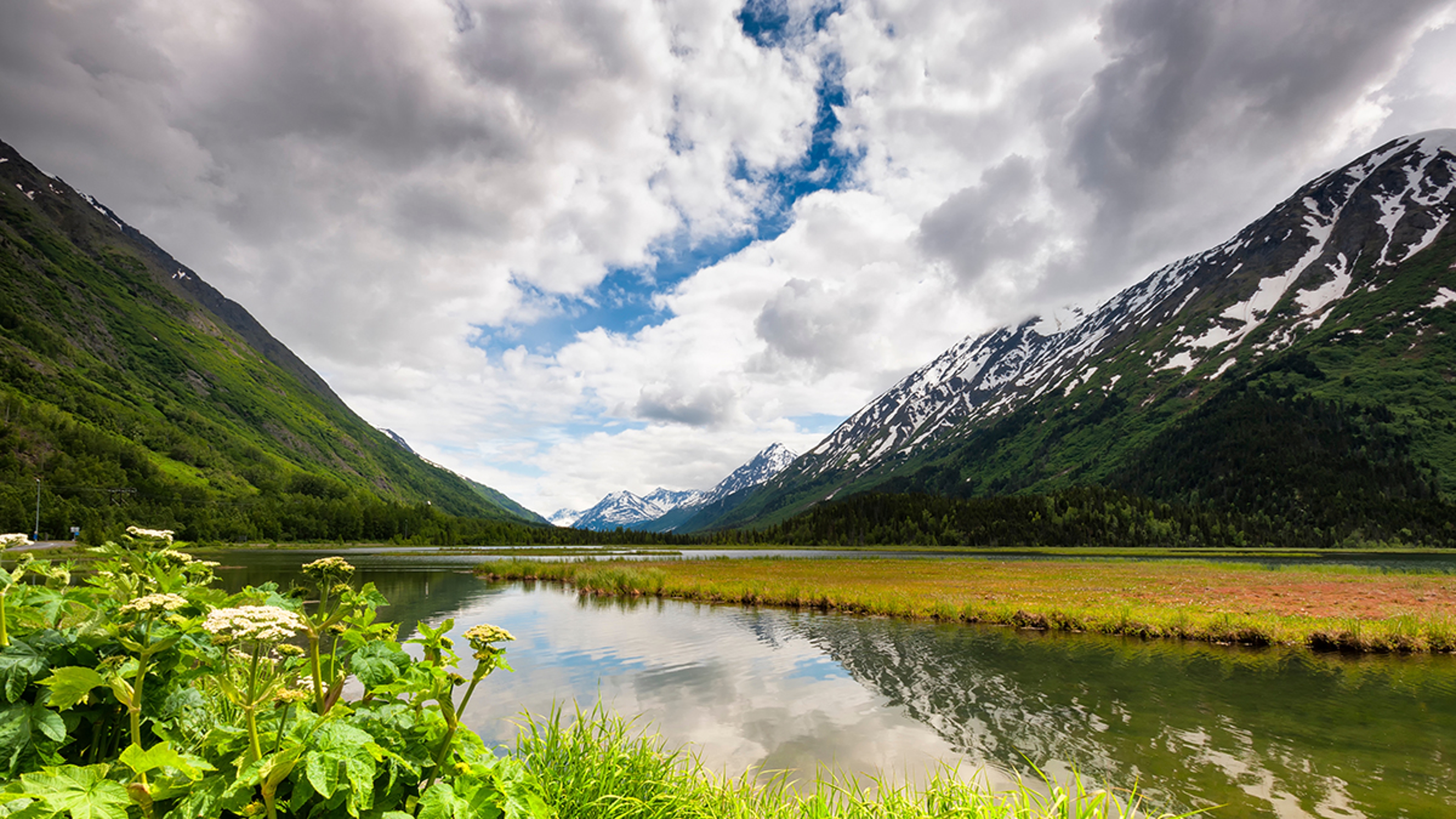
Where to stay
Valdez, Whittier, and Cordova each has a surprisingly large number of highly rated hotels, lodges, and bed and breakfasts. Totem Hotel and Suites in Valdez is a favorite for many, loved for its modern, sleek design and eco-friendly ethos.
Private home rentals provide even more rustic and charming options — log cabins and cozy cottages nestled away in the region’s countless wooded areas, with views of sparkling, crystal-clear waters out one window and majestic, snow-capped mountains out another.
If you really want the full “nature” experience, Prince William Sound also offers numerous designated campgrounds (such as Cascade Bay and Williwaw), where visitors can pitch a tent or park an RV and immerse themselves even more deeply in the region’s authentic beauty and wildlife.
Feeling really adventurous? Make a reservation at the one-of-a-kind Glacier Lookout. This off-the-grid, power- and Wi-Fi-free log cabin was built in the early 1900s and is perched on a 10-foot tower high in the Chugach Mountains. It provides gorgeous views down on the face of Valdez Glacier and Valdez Glacier Lake, some 3,600 feet below. Hike in by foot — it’s a strenuous trek that can take several hours — or get dropped off by helicopter, the only “easy” way in and out of the location. As the Lookout’s owners wisely note, “It’s not a luxury getaway resort, but it is the ideal place for those looking to escape to the mountains, take a step back in time, and isolate one’s self and embrace the mountain wilderness of Alaska.”
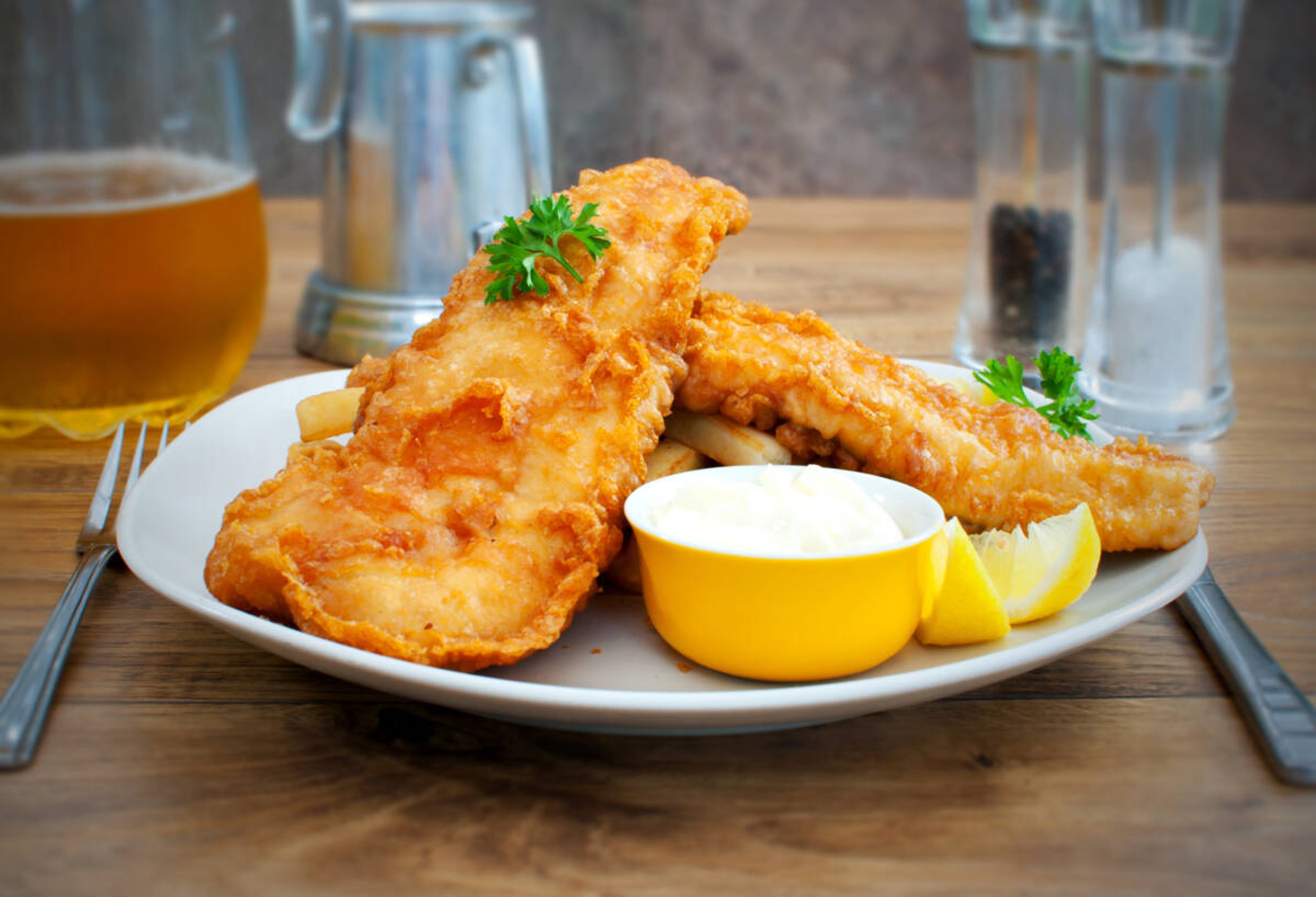
Where to eat
As you’d expect, seafood is king in Prince William Sound’s quaint but lively culinary scene. The Old Town Diner in Valdez serves up enormous — and tasty — salmon and halibut burgers, along with a mountain of crispy, seasoned curly fries. You can also order up fish and chips, fish tacos, and even some reindeer sausage if you’re feeling daring.
Just down the street, overlooking the Valdez Harbor, stop in the acclaimed Fat Mermaid for a bounty of local delicacies. The menu boasts calamari, crab cakes, King crab, and shrimp, along with an incredible homemade smoked salmon dip, packed with dill and lemon, and served with a generous basket of corn chips. And, of course, don’t forget the fried or grilled cod, halibut, salmon, and rockfish.
Prefer your salmon sashimi style? The Prince William Sound region is also home to a couple of stellar Asian restaurants, including Fu Kung, where seafood, and raw salmon in particular — served in a variety of rolls — reign supreme.
What to do
If you eat too much at any (or all) of Prince William Sound’s many fabulous dining options, don’t worry – the area offers a virtually unlimited number of outdoor and recreation activities to help you work those calories off.
Rent a kayak and paddle out into those crystal-clear, majestic Gulf waters, exploring the many icebergs, sea caves, and secluded coves housed along the edges of Kenai Fjords National Park, the region’s largest national park. Lace up your trail shoes and go for a leisurely stroll or challenging climb through Prince William Sound’s numerous hiking trails. Valdez Goat Trail, the Shoup Bay Trail, and the Sheridan Glacier Trail are some of the area’s most unique and popular options.
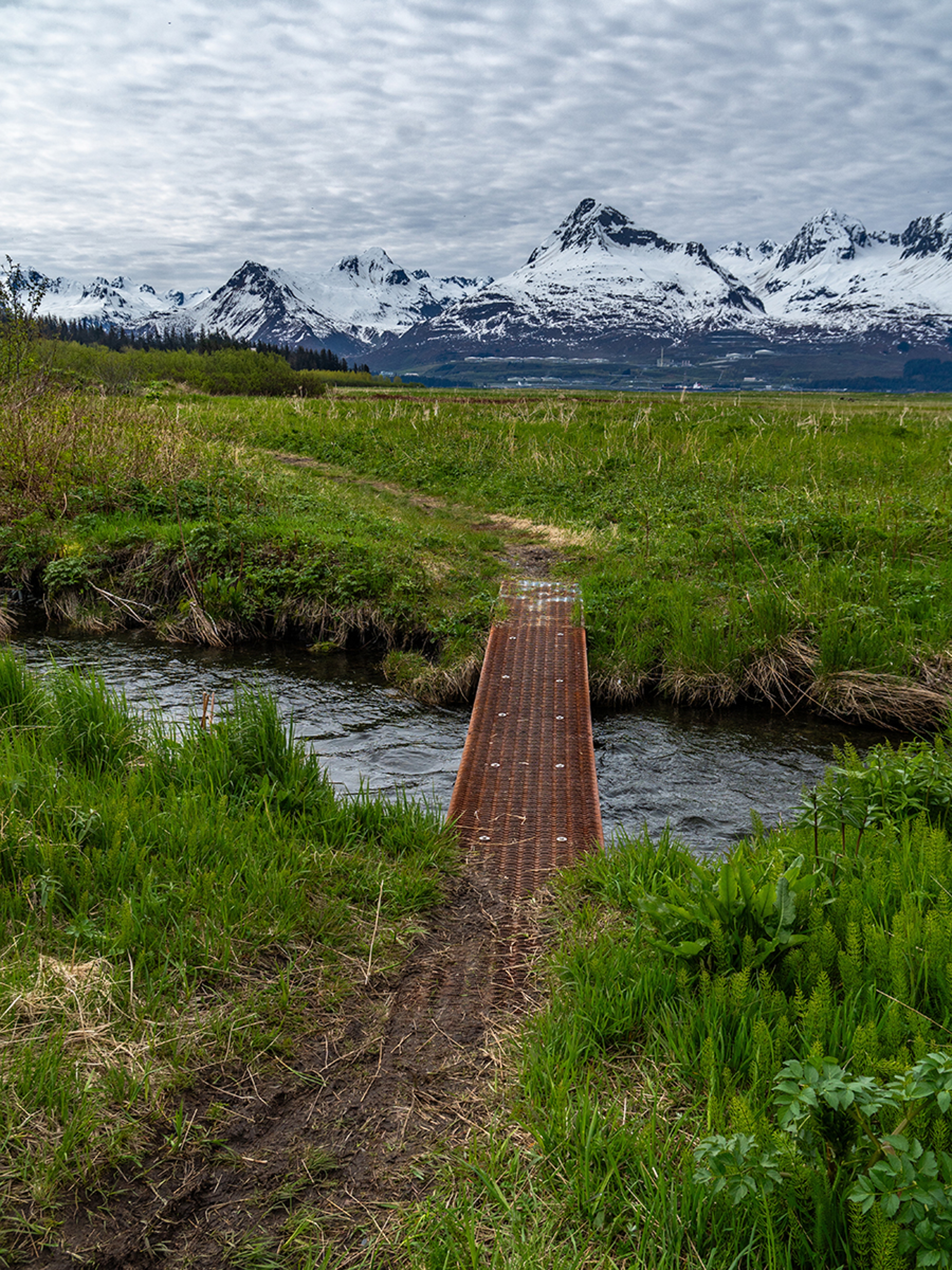
For something a little less taxing, stop by the
Begich, Boggs Visitor Center— a seasonal central hub of tourism for the region. From there, see where the day takes you. Enjoy a historical tour and learn about the area’s vibrant Gold Rush backstory at the Valdez Museum & Historical Archive, go beachcombing along the region’s many secluded shorelines, or cast a line and test your luck fishing like a local. In addition to those abundant (and delicious) sockeye, king, and coho Copper River salmon, you might hook any number of different freshwater fish species, including
halibut, rockfish,
lingcod, steelhead or rainbow trout, or even Dolly Varden (not to be confused with the country singer) — a variety of especially brightly colored char known for its dark, greenish-body and numerous light spots. (They’re fantastic seared in a cast iron skillet with a ton of butter and a splash of white wine.)
Don’t miss
You’re sure to spend plenty of time scoping out — and snapping pics — of the scenery and waters that make up Prince William Sound, with all its natural beauty and wonder. But don’t forget to keep an eye out for the wildlife that calls this area home as well. In addition to countless varieties of fish, shrimp, and crab, you’ll find porpoises, sea otters, seals, sea lions, black and brown bears, mountain goats, moose, and over 220 species of local and migrating birds in this vast natural wonderland.
Put a bit of whale watching on your to-do list as well — humpback, sei, fin, minke, and killer whales are all frequent visitors to the region’s waters, and make for some amazing once-in-a-lifetime photos and memories. Spot all these creatures on your own, or hire a local guide to make sure you end up in the most scenic viewing spots possible.
One more must-see? The Coastal Western Hemlock-Sitka Spruce Forests, a vast swath of temperate rainforests — yes, rainforests…in Alaska! — that remain little changed over the past thousand years and stretch throughout the southern coastal portions of the state. Talk about a picture-perfect postcard brought to life.
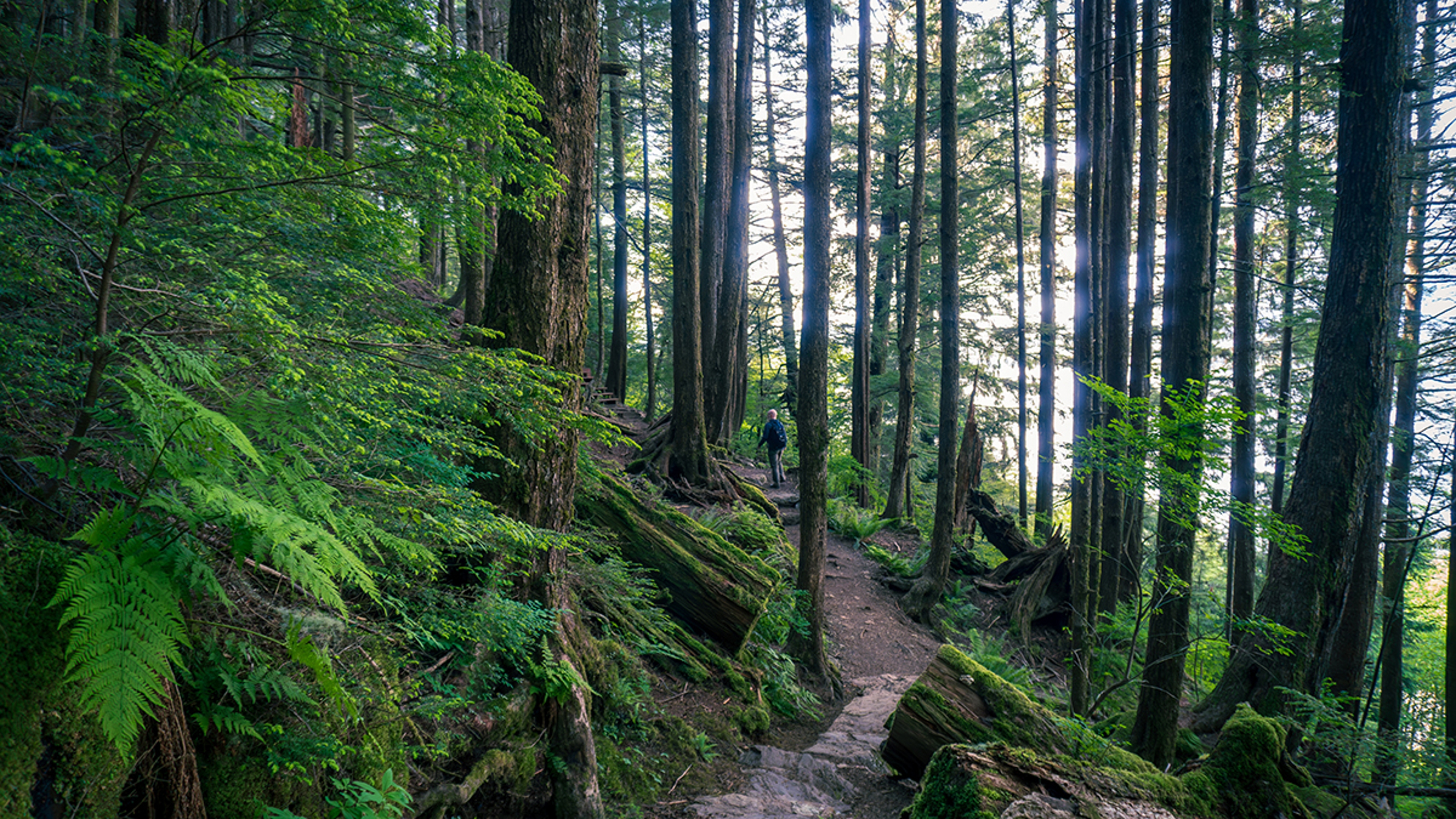
The best time to go
Prince William Sound is one of the country’s most beautiful regions all year-round. That said, most visitors prefer to make the trip in the summer months, when the weather is at its mildest, salmon are spawning and the rivers are at their fullest, and you have the best chance of seeing local animals and marine life. This is also the best time to take part in the region’s numerous outdoor recreational activities.
For smaller crowds and a more authentic “non-tourist” experience — and way fewer encounters with mosquitoes and other bugs — go in the fall. And if you’re a skier or enjoy back-country hiking, early winter is also ideal. Just get there as early as you can in the season, before the snow gets too heavy and the long, cold winter fully sets in.
Can’t make the trip this year?
Until you can make it to Prince William Sound in person, go ahead and immerse yourself in virtual online tours, documentaries, and nature films. Stream the sounds of Alaskan waves crashing, birds calling, or maybe even some traditional Pacific inuit or Alutiiq tribal songscapes (including drumming or throat singing) on your favorite music provider.
Head to a local campground for the weekend — or, if you have young ones at home, set up a tent for the evening in your backyard.
Or, perhaps best of all, create an Alaskan seafood feast inspired by the trip. Stock up on plenty of salmon that you can grill, broil, or pan sear to crispy perfection. Then, round out your meal with other local mainstays like halibut and crab to create the flavor and tradition of Prince William Sound right in the comfort of your own home.

